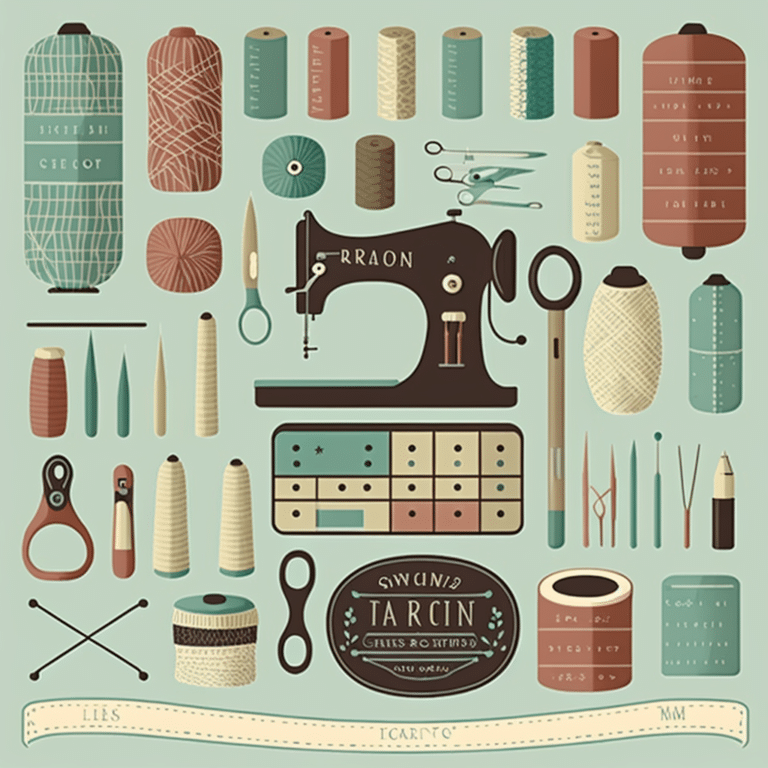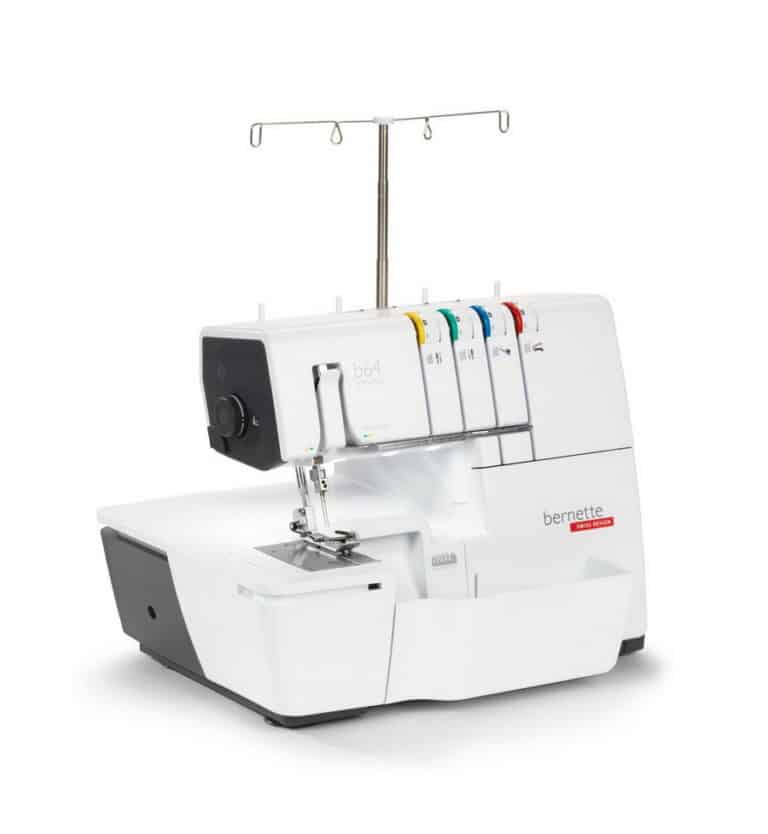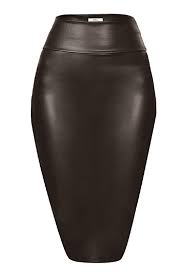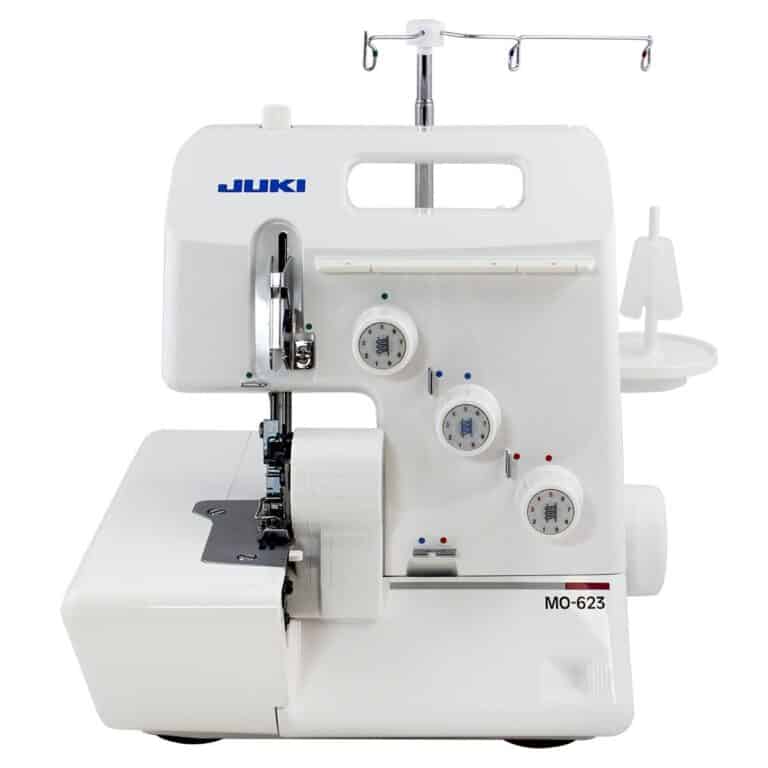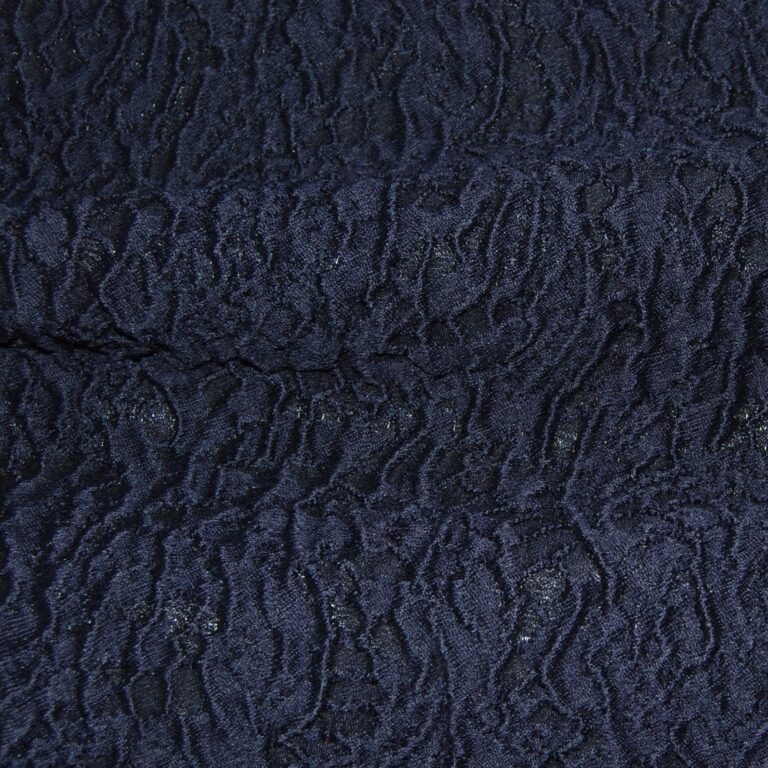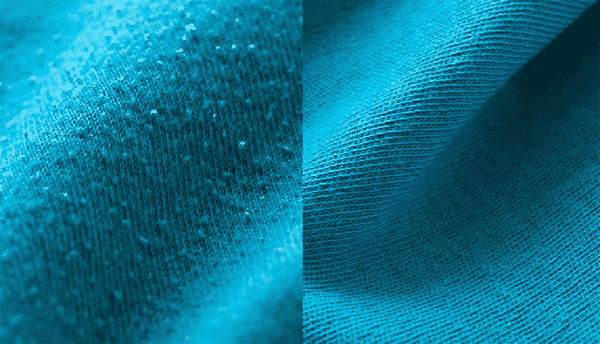Mastering the Serger Machine: Pro Tips for Perfect Seams
Table of Contents
- 1 Q: What is a serger machine?
- 2 Q: How is a serger machine different from a regular sewing machine?
- 3 Q: Can a serger machine replace a regular sewing machine?
- 4 Q: What is the purpose of the differential feed on a serger machine?
- 5 Q: Which are some popular serger machine brands?
- 6 Q: What is a coverstitch machine?
- 7 Q: How do I thread a serger machine?
- 8 Q: What are some common stitches that can be made with a serger machine?
- 9 Q: Can I use my serger machine for quilting?
- 10 Q: What are some tips for using a serger machine?
- 11 WHY I RECOMMEND PURCHASING A SERGER MACHINE
- 12 Introduction
- 13 What is a serger machine and why is it important?
- 14 Choosing the best serger machine for your needs
- 15 Mastering the art of serger threading
- 16 Exploring different serger stitches and techniques
- 17 Advanced serging techniques for experienced sewers
- 18 SOURCE
Q: What is a serger machine?
A: A serger machine, also known as an overlocker, is a specialized sewing machine that is designed to create professional-looking seams on fabrics. It is used to trim, edge, and finish fabric edges and seams.
Q: How is a serger machine different from a regular sewing machine?
A: A serger machine differs from a regular sewing machine in several ways. It uses multiple threads to create a strong and secure seam, while a regular sewing machine typically uses a single thread. Serger machines also have a built-in cutter that trims the fabric edges as it sews, which is not present in regular sewing machines.
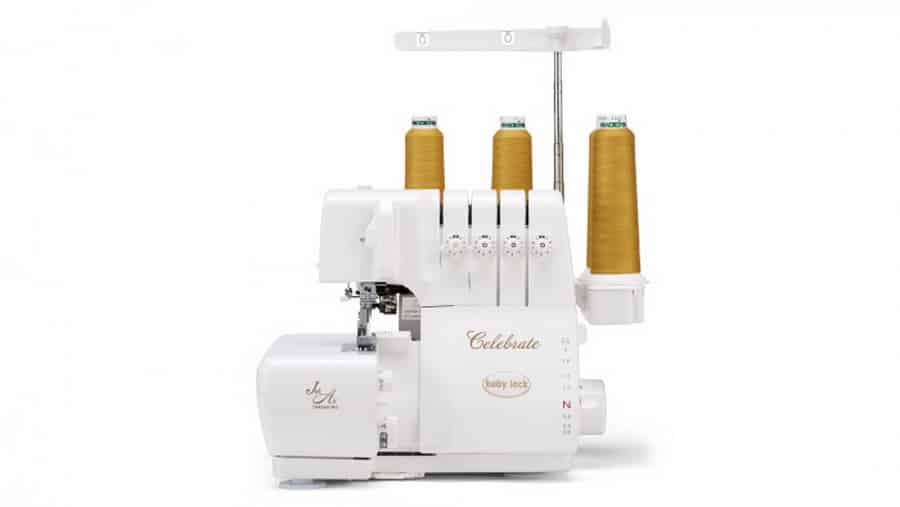
Q: Can a serger machine replace a regular sewing machine?
A: While a serger or overlocker machine is a valuable addition to your sewing toolkit, it cannot completely replace a regular sewing machine. A serger machine is mainly used for finishing edges and creating professional-looking seams. However, a regular sewing machine is still needed for tasks such as sewing buttons, zippers, and intricate decorative stitching.
Q: What is the purpose of the differential feed on a serger machine?
A: The differential feed on a serger machine allows for precise control over the speed and movement of the fabric as it is sewn. This feature is particularly useful when working with stretchy or lightweight fabrics, as it helps to prevent puckering, stretching, or rippling of the fabric.
Q: Which are some popular serger machine brands?
A: Some popular serger machine brands include Juki, Baby Lock, and Bernina. These brands are known for producing high-quality serger machines that provide professional results.
Q: What is a coverstitch machine?
A: A coverstitch machine is another type of specialized sewing machine that is often used in combination with a serger machine. It is used to create professional-looking hem and topstitching on garments. A coverstitch machine works by creating two or three rows of parallel stitching on the top of the fabric and a single row of stitching on the back.
Q: How do I thread a serger machine?
A: Threading a serger machine can be a bit more complex than threading a regular sewing machine. However, most serger machines come with detailed instructions and diagrams on how to thread them properly.
It is important to follow the instructions carefully to ensure that the threads are correctly placed in the tension dials and loopers.
Q: What are some common stitches that can be made with a serger machine?
A: A serger machine can create a variety of stitches, including a 4-thread overlock stitch, a rolled hem stitch, and a flatlock stitch. These stitches can be used for various sewing projects, such as sewing garments, finishing edges, and creating decorative effects.
Q: Can I use my serger machine for quilting?
A: While a serger machine is not typically used for quilting, it can be used for certain quilting techniques, such as attaching binding strips or finishing the edges of quilted blocks. However, for most quilting projects, a regular sewing machine is more suitable.
Q: What are some tips for using a serger machine?
A: Here are some tips for using a serger machine:
– Make sure to read the instruction manual and familiarize yourself with the specific features and capabilities of your machine.
– Always test the stitch on a scrap piece of fabric before working on your actual project. – Use the appropriate presser foot for the type of stitch you are using.
– Keep the machine clean and well-maintained by regularly cleaning out lint and oiling the necessary parts.
– Practice proper thread tension adjustment to ensure balanced and neat stitches. – Experiment with different stitch settings and techniques to discover the full potential of your machine.
WHY I RECOMMEND PURCHASING A SERGER MACHINE
Unleash Your Creativity! Can you imagine the thrill of rapidly stitching, trimming, and overcasting your projects in one step? With a serger machine, you’ll be able to create professional-quality designs faster than ever before!
Embrace The Versatility! Wow, I can’t wait to explore the wide variety of stitches a serger machine offers – from rolled hems to flatlocks and even decorative edges. It’s not just a tool; it’s my passport to creativity!
Say Goodbye To Fraying! No more unraveling or frayed edges on my sewing projects. This machine will help me ensure every piece I create is neat, clean, and beautifully finished.
Ease Of Use Is A Game-Changer! Even threading is no longer a challenge with the color-coded threading guide that comes built-in. Now I can start my project quicker and without frustration.
Bring Dreams To Life! Think about all those dream projects stashed away as ‘too difficult’ – Not anymore! With a machine at my side, no design is too ambitious or intricate!
Introduction
This article dives into the world of serger machines, providing valuable tips and insights for beginners and experienced sewers alike. Whether you’re looking to purchase a new machine or enhance your existing skills, this guide has got you covered.
Explore the functionality of serger machines, learn about the best options available in the market, and discover techniques to create perfect seams every time. Become a master of the serger machine with these pro tips!
What is a serger machine and why is it important?
Understanding the functionality of a serger machine
A serger machine, also known as an overlock machine, is a specialized sewing machine that is designed to create professional-quality seams. It is an essential tool for sewists who want to achieve clean and neat finishes on their garments and projects. Unlike a regular sewing machine, a serger uses multiple threads to simultaneously sew, cut, and finish the fabric edges, all in one step. This not only saves time but also produces durable and professional-looking results.
Why every seamstress needs a serger machine
Whether you’re a professional seamstress or a hobbyist, a serger machine is a game-changer in the sewing world. It allows you to finish seams quickly and efficiently, resulting in a more polished and professional look.
The serger also offers a wide range of stitch options, enabling you to create decorative edges, rolled hems, and even chain stitches. With a serger in your sewing arsenal, you can elevate your projects to a whole new level.
Differences between a serger and a regular sewing machine
While both a serger and a regular sewing machine are essential tools for sewists, they have distinct differences in terms of functionality and purpose. A regular sewing machine is primarily used for construction stitching, such as sewing seams and attaching buttons.
On the other hand, a serger machine is designed specifically for finishing seams and creating decorative edges.
A regular sewing machine typically uses one or two threads, while a serger uses anywhere from two to eight threads, depending on the desired finish. The serger also has a built-in blade that trims the fabric as it sews, ensuring clean and professional-looking edges.
Choosing the best serger machine for your needs
Top-rated sergers on the market
There are many serger machines available on the market, each with its own set of features and capabilities. Some of the top-rated sergers include Baby Lock, Juki, and Brother. These brands offer a range of models suitable for different skill levels and sewing projects. It’s essential to do your research and read serger reviews to find the best serger machine that fits your specific needs.
Key factors to consider when buying a serger
When purchasing a specialty machine, there are several key factors to consider. Firstly, determine the number of threads you require based on the types of stitches you plan to create.
A 4-thread serger is the most common option, offering versatility in seam finishes and decorative edges. Additionally, consider the stitch length and width options, as well as the differential feed feature for precise fabric control.
Other important factors include the ease of use, durability, and available accessories. It’s also worth considering the brand reputation and after-sales support. By taking these factors into account, you can make an informed decision and choose a serger machine that will serve you well for years to come.
Comparing different serger brands and models
There are several highly regarded brands in the market, each offering their unique features and strengths. Baby Lock sergers are known for their user-friendly interface, advanced threading systems, and automatic tension control.
[azonpress template=”grid” columns=”3″ asin=”B003H3J50S,B0741HM3HW,B0014134IO”]Juki sergers, on the other hand, are praised for their sturdy construction, high-speed stitching capabilities, and wide range of stitch options. Brother sergers are often a popular choice for beginners, as they offer affordability without compromising on quality.
When comparing serger models within a brand, consider the specific features and functionalities that align with your sewing needs. Look for features such as built-in rolled hem stitches, adjustable stitch width, and the option for a coverstitch.
By carefully evaluating different serger brands and models, you can make an informed decision and find the perfect serger for your sewing projects.
Mastering the art of serger threading
Step-by-step guide to threading a serger machine
Threading a serger machine can be intimidating for beginners, but with a step-by-step guide, it becomes a straightforward process. Start by identifying the correct threading path for your specific serger model, as each brand and model may have slight variations.
Begin by threading the upper looper, followed by the lower looper, and then the needles. Use the thread guides and tension dials to ensure proper tension throughout the threading process. Once threaded, do a test stitch to ensure that the threads are correctly in place.
Troubleshooting common threading issues
Threading issues can occasionally occur with serger machines, but they can often be resolved with troubleshooting. If you experience skipped stitches or loose tension, double-check the threading paths and tension dials.
Make sure all threads are securely seated in their respective tension discs. If the stitches still appear uneven, try adjusting the tension dials slightly until you achieve the desired result.
It’s also essential to use high-quality thread and regularly clean and oil your serger machine to avoid any potential threading problems.
Using color-coded thread for easy identification
Serger machines require multiple threads, which can sometimes be confusing to differentiate. To make the threading process easier and more efficient, consider using color-coded thread.
Many thread manufacturers offer serger thread sets with color-coded spools that correspond to each threading path. This allows you to easily identify which thread goes where, minimizing the chances of errors and simplifying the threading process.
Color-coded thread sets are widely available and are a great accessory to have for any serger machine owner.
Exploring different serger stitches and techniques
Understanding the basics of serger stitches
A serger machine offers a wide range of stitch options, each serving a specific purpose. The most common serger stitch is the overlock stitch, which trims the fabric edge while simultaneously sewing a seam.
This stitch creates a neat and professional finish, perfect for garments and home decor projects. Other popular serger stitches include the flatlock stitch, the rolled hem stitch, and the chain stitch, each offering unique decorative effects and functional properties.
Creating professional-looking rolled hems with a serger
A rolled hem is a delicate and decorative edge finish that adds a touch of elegance to garments and other sewing projects. With a serger, creating a rolled hem is a breeze.
Start by adjusting the stitch width and length to the desired settings. Fold the fabric edge twice to create a narrow hem and guide it through the serger, ensuring the fabric is aligned with the needle plate.
The serger will trim the fabric edge and create a neat rolled hem, no additional stitching required. Practice on scrap fabric until you achieve the perfect rolled hem.
Utilizing the differential feed for precise fabric control
The differential feed is a valuable feature found on most serger machines. It allows you to adjust the speed at which the fabric moves through the machine, resulting in precise control over fabric gathering or stretching.
For example, when working with stretchy or lightweight fabrics, adjusting the differential feed can prevent the fabric from puckering or stretching out of shape. Experiment with different settings to achieve the desired fabric control and perfect your serger techniques.
Advanced serging techniques for experienced sewers
Exploring the capabilities of combo machines
Combo machines are advanced serger models that combine the functionalities of a serger and a coverstitch machine in one unit. This versatile machine allows you to perform both serging and coverstitching techniques without the need for multiple machines.
Combo machines are ideal for experienced sewers who frequently work on projects that require both types of stitches, such as activewear, swimwear, and knit garments. Investing in a combo machine can significantly enhance your sewing capabilities and streamline your workflow.
Unlocking the potential of a coverstitch machine
A coverstitch machine is a specialized machine used for creating professional-looking hem finishes, topstitching, and decorative effects. While a serger can produce a mock coverstitch, a dedicated coverstitch machine offers more versatility and precision.
With a coverstitch machine, you can achieve professional-looking hems on garments, add decorative topstitching to your projects, and create unique design elements. If you frequently work with knits and want to elevate the finish of your garments, a coverstitch machine is a valuable addition to your sewing room.


